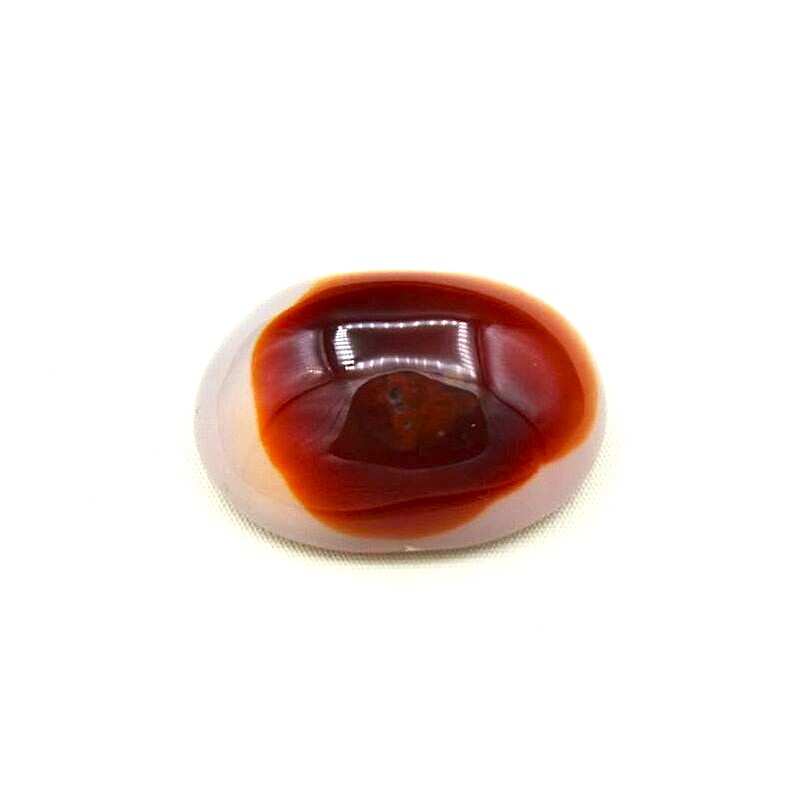Agate:
Additionally, Agate (/ˈæɡɪt/ AG-it) is the banded variety of chalcedony. Moreover, it comes in a wide variety of colors. Furthermore, Agates are primarily formed within volcanic and metamorphic rocks. In addition, the ornamental use of agate was common in Ancient Greece, in assorted jewelry and in the seal stones of Greek warriors. Besides, bead necklaces with pierced and polished agate date back to the 3rd millennium BCE in the Indus Valley civilization.
Distinctive banding patterns, which can appear in concentric circles, waves, or chaotic swirls, distinguish agates.. These patterns result from the slow accumulation of silica layers over millions of years. Additionally, Agates come in a vast spectrum of colors, including shades of blue, red, green, yellow, and brown. Moreover, some agates even feature multiple colors within the same stone.
-
- With a hardness of 6.5 to 7 on the Mohs scale, agates are quite durable and resistant to scratching, making them ideal for a wide range of applications, from jewelry to decorative items.
- Many people believe agates have metaphysical properties, such as promoting emotional healing, enhancing concentration, and providing protection. People believe that each color and type of agate offers different benefits.
- With a hardness of 6.5 to 7 on the Mohs scale, agates are quite durable and resistant to scratching, making them ideal for a wide range of applications, from jewelry to decorative items.

Reviews
There are no reviews yet.